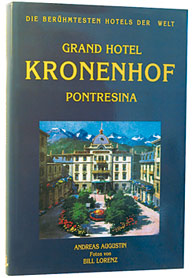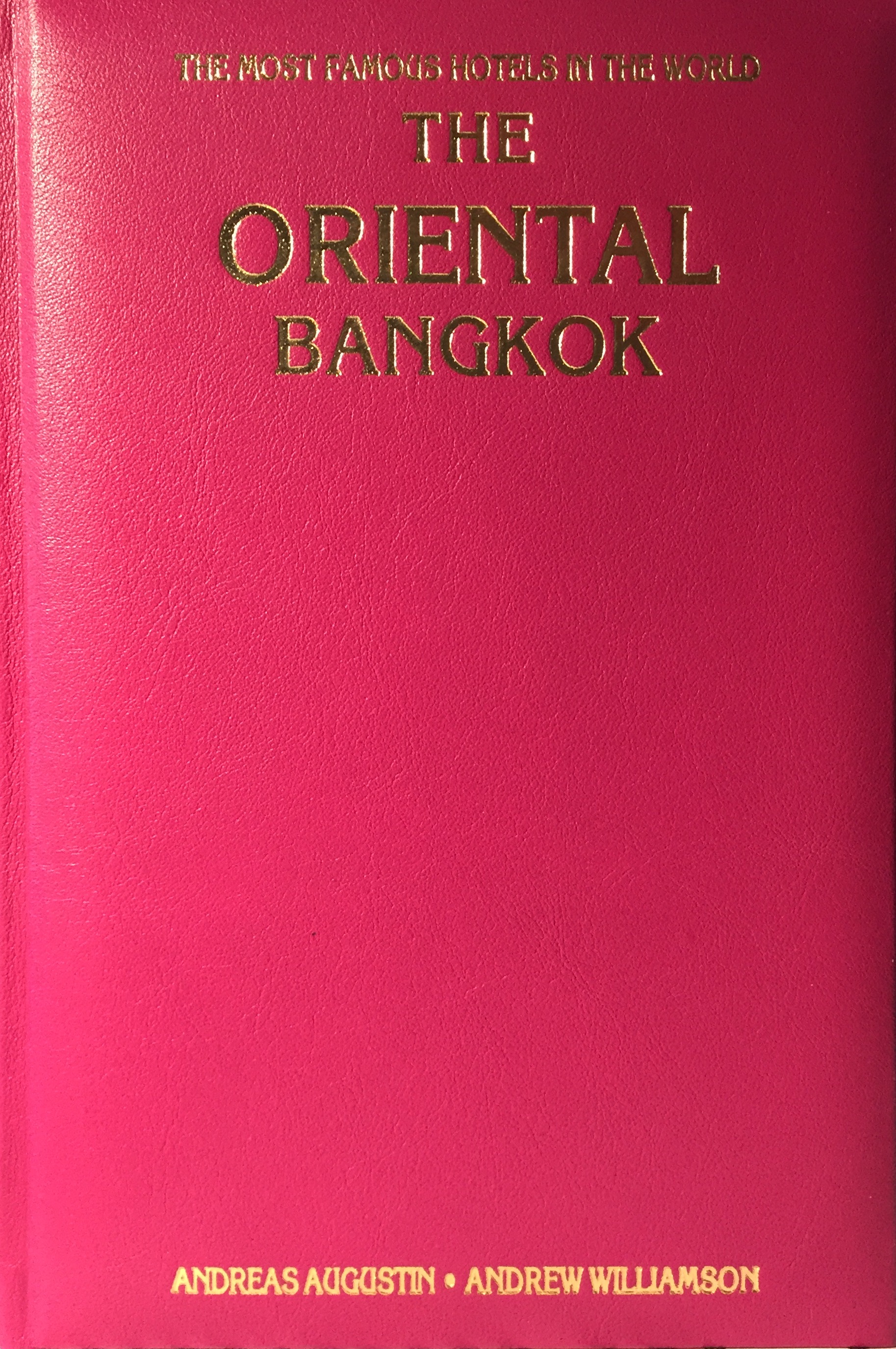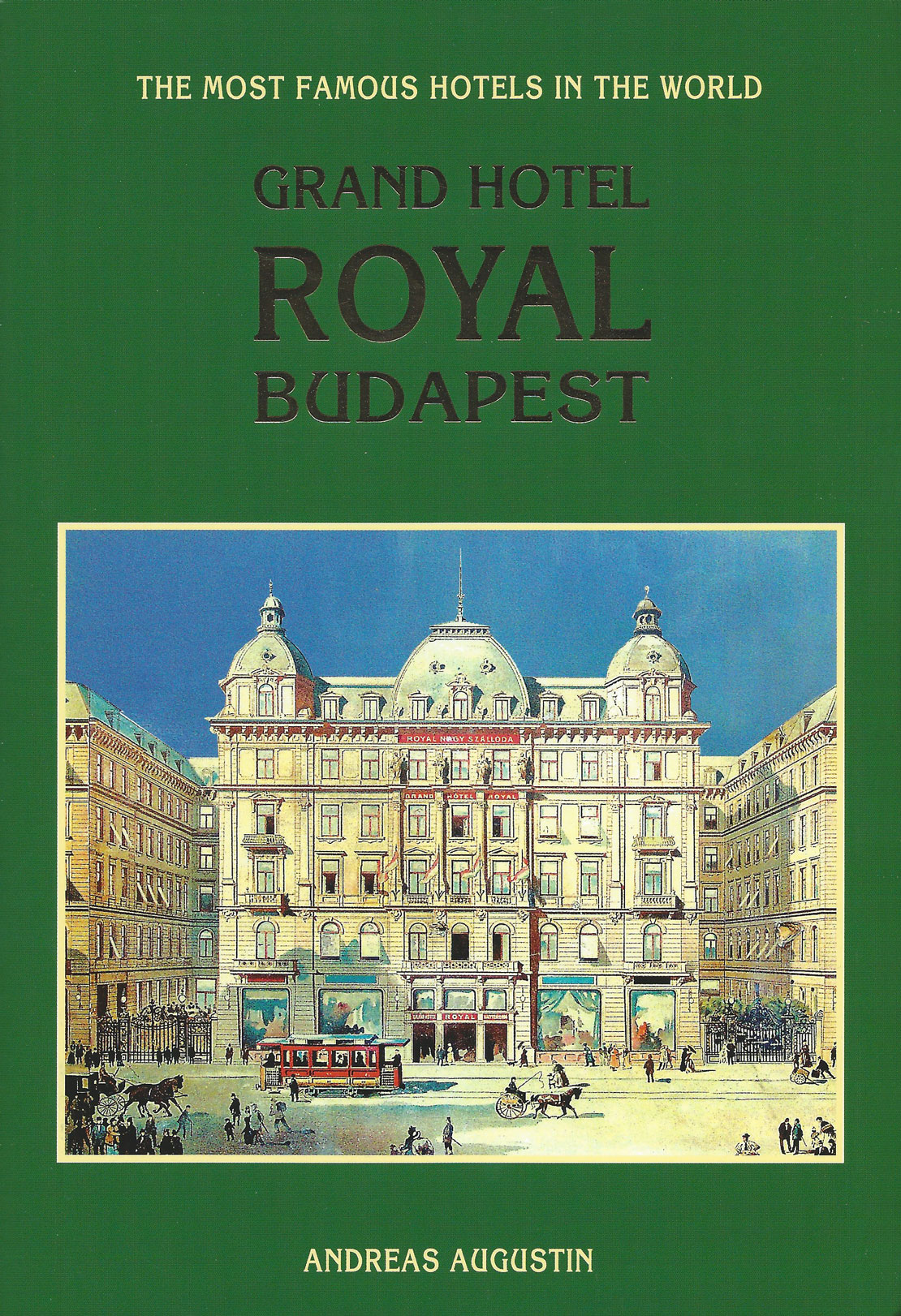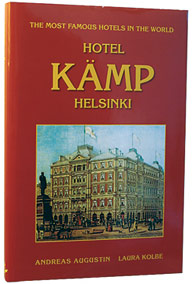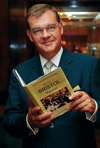Park Hotel – Vitznau, Switzerland (English)
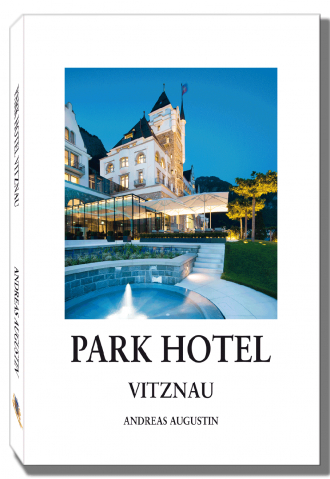
Author
Andreas Augustin
Pages
232
Photographs
Illustrations
358 pictures, drawings, maps, panoramas and documents. Coverpicture and photography by Michelle Chaplow
Leather-bound edition
No
Binding
Hardcover (real cloth bound / gold stamping / dust jacket)
ISBN
978-3-900692-43-8
Size/Weight
220 x 300 mm, 1625 g
Also available in
German
Related Hotel
Price: € 128.00
Add to cart
Welcome to the Palace Edition of famoushotels.
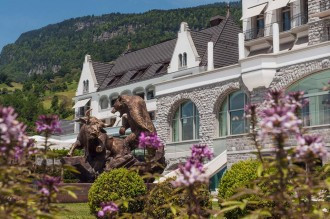 Over 100 years of tradition and yet brand new: it reopend after three years of a complete renovation (basically its entire inner life was rebuilt from scratch), featuring most modern technique and state-of-the-art design and interior. 2-star Michelin chef and a spa to die for.
Over 100 years of tradition and yet brand new: it reopend after three years of a complete renovation (basically its entire inner life was rebuilt from scratch), featuring most modern technique and state-of-the-art design and interior. 2-star Michelin chef and a spa to die for.
This luxurious coffee table book tells you the story of a legendary Swiss resort, of Lake Lucerne (and Lucerne's most famous Grand Hotels), of the Queen of all mountains 'Rigi' and the race to its summit.
Since 1867, a boarding house called ‘Pension Pfyffer’ welcomed its guests. In 1903, when the sparkling new construction of the Park Hotel opened adjacent to this Pension Pfyffer, a new era began. The Park Hotel was regarded as the most beautiful hotel architecture in Switzerland at the time.
Composer Bela Bartok enjoyed the tranquil gardens; Hollywood stars like Meryl Streep, Goldie Hawn and Bruce Willis shot scenes of a movie there; Wimbledon champion Jaroslav Drobný won the hotel’s tennis tournament, water ski championships were held, books were written and ... yes, of course: read.
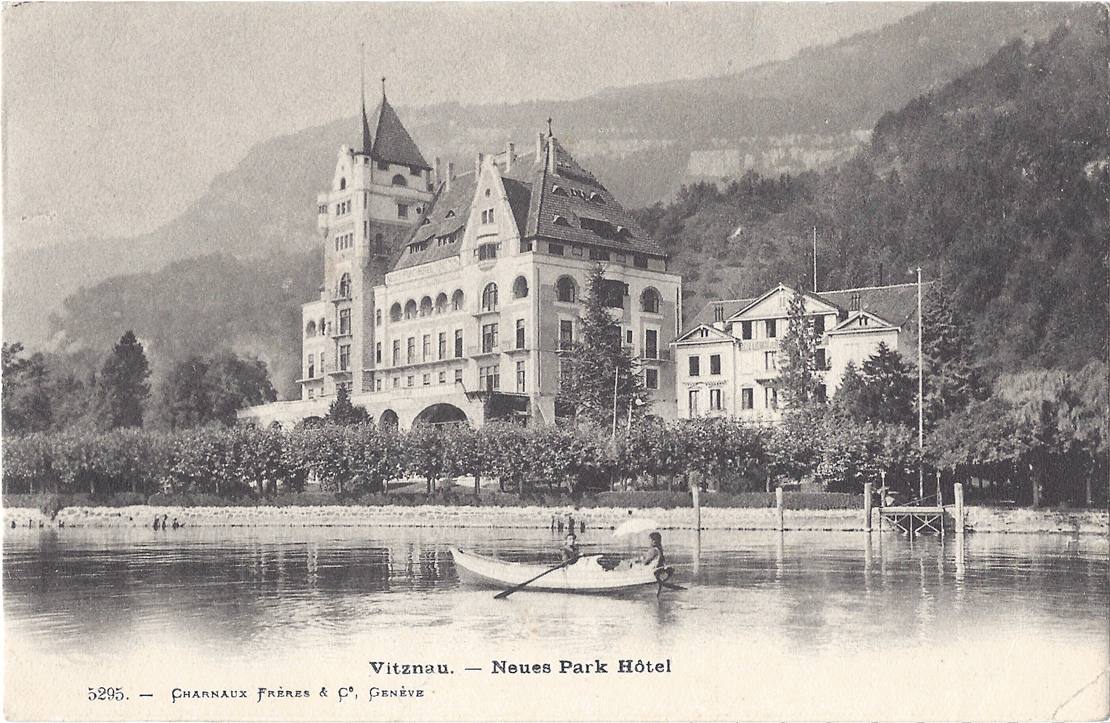
Hotel in 1903
On the romantic lawns marriage vows were made; families were joyously reunited in the elegant salons. Some people met discreetly, others toasted business success, many sat down to sensational gourmet extravaganzas at lavishly laid tables.
Here you can explore the life of a hotel, sometimes bright and shrill, often discreet and guarded. In 2009 it was closed, luxuriously renovated and reopened in 2013.
The reopening of the Park Hotel in 2013 was a milestone in international hotel business. A design concept without peer had inexorably become reality to create a new stage for all of the performances of the future.
This fairy-tale castle, all the legends, right here in the heart of historic Switzerland, hundreds of historic documents and pictures and, last but not least, the splendid contemporary photography of Michelle Chaplow make this book a unique document. On 232 pages the author draws a new picture of the development of Swiss hotelbusiness from the 19th to the 21st century while the story of the hotel unfolds in colourful photographic essays and sharp and capturing texts.
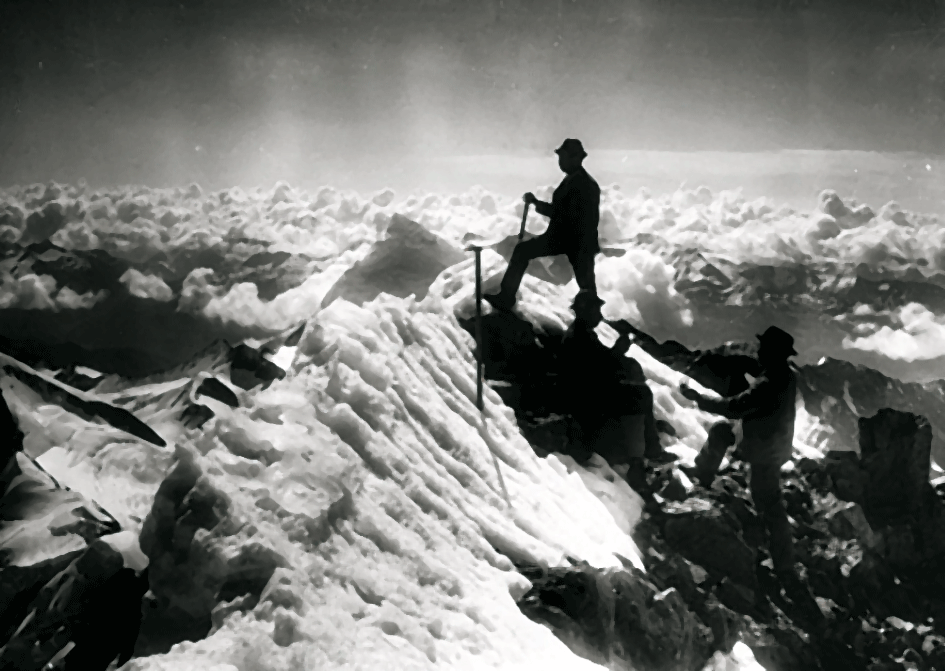
The Essence of Things
A hotel with a history going back more than 150 years certainly has a right to use it as a marketing tool. However, it is essential to make a clear distinction between historical tradition – or favourite stories – and such facts that are veri able by a serious historian. Switzerland, after all, is a land both rich in myths and legends as well as, paradoxically, renowned for its seriousness, trust, and reliability. Who would have thought: William Tell, for instance – pure fabrication. And the legend of the wild dragon that used to live in the Rigi Mountain caves above Vitznau... well, that goes without saying.
Fact is that the rst documented mention of Vitznau was not until the 12th century. Before then – and long afterwards – it was hardly noticed at all.
The allurement of the somewhat inaccessible shores of Lake Lucerne was rather overrated, even if the stories that are circulating claim differently. What was much more instrumental in thrusting it into unforeseen popularity was the mountain on its north shore. The Rigi, the Queen of the Mountains, was an incredible success on a global scale. From her high plateau it was possible to survey the sunrise as an inimitable spectacle, underneath it a thick foggy blanket forming a sea of clouds that gave one the impression of standing ankle-deep along its shore.
Vitznau was at best a side stage, for the true attraction was invariably Queen Rigi. Everyone with any rank or reputation climbed or travelled to the top. Many even had themselves carried up.
Allegedly, the Rigi had nothing at all to do with the fact that a certain Friedrich Pfyffer of Altishofen, a former lieutenant of the Papal (Swiss) Guard, opened up a neat and idyllic guesthouse on a promontory far outside the main village in 1867 – a wooden half-timber construction, with three wings and two storeys, elegantly fashioned, apparently just the way that visitors wished it to be.
Next to the guesthouse was the main shipping pier of Vitznau. From here, you would travel to Weggis, and from there you could climb the Rigi. Until one day resourceful engineers noticed that the rock faces above Vitznau had an interesting upwardly sloping pattern, looking like a natural trail that could be navigated.
In order to master the Rigi in every respect, the clever citizens of Vitznau then began to build the sensational cog railway, starting right at the edge of the lake in the midst of their village with their minds set upon reaching the pinnacle of all sunrises.
Once it opened in 1871, swarms of new travellers – who were soon called tourists – came pouring in to Vitznau to defy death and climb aboard this masterpiece of Swiss engineering.
By this time the steamship was making eight stops instead of just two as before, shuttling visitors and mail back and forth. There was now a second shipping pier next to the Park Hotel – right beside the Rigi Railway. Everyone was suddenly smitten with the little village. What was it called again? Oh yes: Vitznau.
What soon became apparent was that the visitors were hardly spending any time in Vitznau, since they were in transit here, boarding the railway directly from the ship and vice versa. Vitznau was simply a place to go through. Quite some time passed before people started going to Vitznau.
This is how it came to be that hoteliers built incredible palaces on the Rigi. Alpine huts made way for magni cent edi ces with dining halls and beds for up to 600 guests, with the Alphorn sounding punctually for them to mount the platform of awe right on time for the sunrise.
The Pension Pfyffer guesthouse ‘on the lake, down in the valley’ scored points on beautiful days with the classic three factors of tourism: location, location, and location. Anton Bon, the owner of the Grand Hotel Rigi First high above Vitznau, was on the lookout for economic diversi cation and a suitable location in Vitznau. Pension Pfyffer with its discreet by-name Hotel du Parc appealed to him. He bought it from the heirs of its builder, along with a conspicuous amount of land all around it.
In 1903 he opened the ‘New Park Hotel‘ there as a branch, a subsidiary, of the Rigi First. It was regarded as the most beautiful hotel architecture in Switzerland at the time. This Park Hotel, originally added on to the old Pension Pfyffer as a new addition, was managed by well-known Swiss hoteliers for over a hundred years and became famous. In 2009 it changed hands again, was closed, luxuriously renovated and reopened in 2013.
Time to look back over an eventful history, the result of year after year of seasonal hotel business. The Park Hotel housed famous and less well-known personalities, some of them looking for the limelight, others the shadows of seclusion. All of them were helped.
Hollywood stars spent leisurely moments here; once, a Wimbledon champion won the tennis tournament organised by the hotel; water ski championships were held, Hollywood productions made, books written. Here, marriage vows were made; dramas of jealousy reached their ugly climax; other families were joyously reunited. People met discreetly, toasted business success, sat down to sensational gourmet extravaganzas at long tables. This is the life of a hotel, sometimes bright and shrill, often discreet and guarded. Simply a good stage with a backdrop.
The reopening of the Park Hotel in 2013 was a milestone in international hotel business. A design concept without peer had inexorably become reality to create a new stage for all of the performances of the future.
I would like to invite you now to come with me as the following pages take us through the history of the village, the region, and the hotel.
Clear the stage for the spectacle on the lake!
Andreas Augustin, August 2013
Park Hotel Vitznau
Andreas Augustin
© The Most Famous Hotels in the World, 2013
Cover: Michelle Chaplow, Photography, 2013
Endpapers: Brazilian Azul Macaubas Granite, used in the Vienna Boys Choir Residence.
The author wishes to thank the team of Park Hotel Vitznau for their support, specially Urs Langenegger and Antonia Müller, but also Peter and Junia Bally, Cristina
Bally, Hubert Bally, Gallus Bucher, Jörg Ch. Diehl (Museum Vitznau), Silvia Götschi, Thomas Kleber, Max Redoc, Christoph Sterchi, Jüsti Waldis and all the others who have helped to compile the material about the history of Park Hotel Vitznau.
Photography: Michelle Chaplow for famoushotels
Additional photographs were used from: Beat Brechbühl, Fritz Borner (Rigi Panoramas), Hubertus Hamm, Oliver Heil.
Historical photographs were restored and are together with the entire work including its cover, and all enclosures subject to copyright laws. No part of this book may be reproduced or trans- mitted in any form or by any means, electronic or mechanical, or by any information storage and retrieval system. Any reproduction of any part of this book without express written per- mission from Park Hotel Vitznau or The Most Famous Hotels in the World will be prosecuted without exception.
Head of Research and coordination of the entire project: Mag. Carola Augustin
More about the book: www.famoushotels.org
More about Park Hotel Vitznau: www.parkhotel-vitznau.ch

